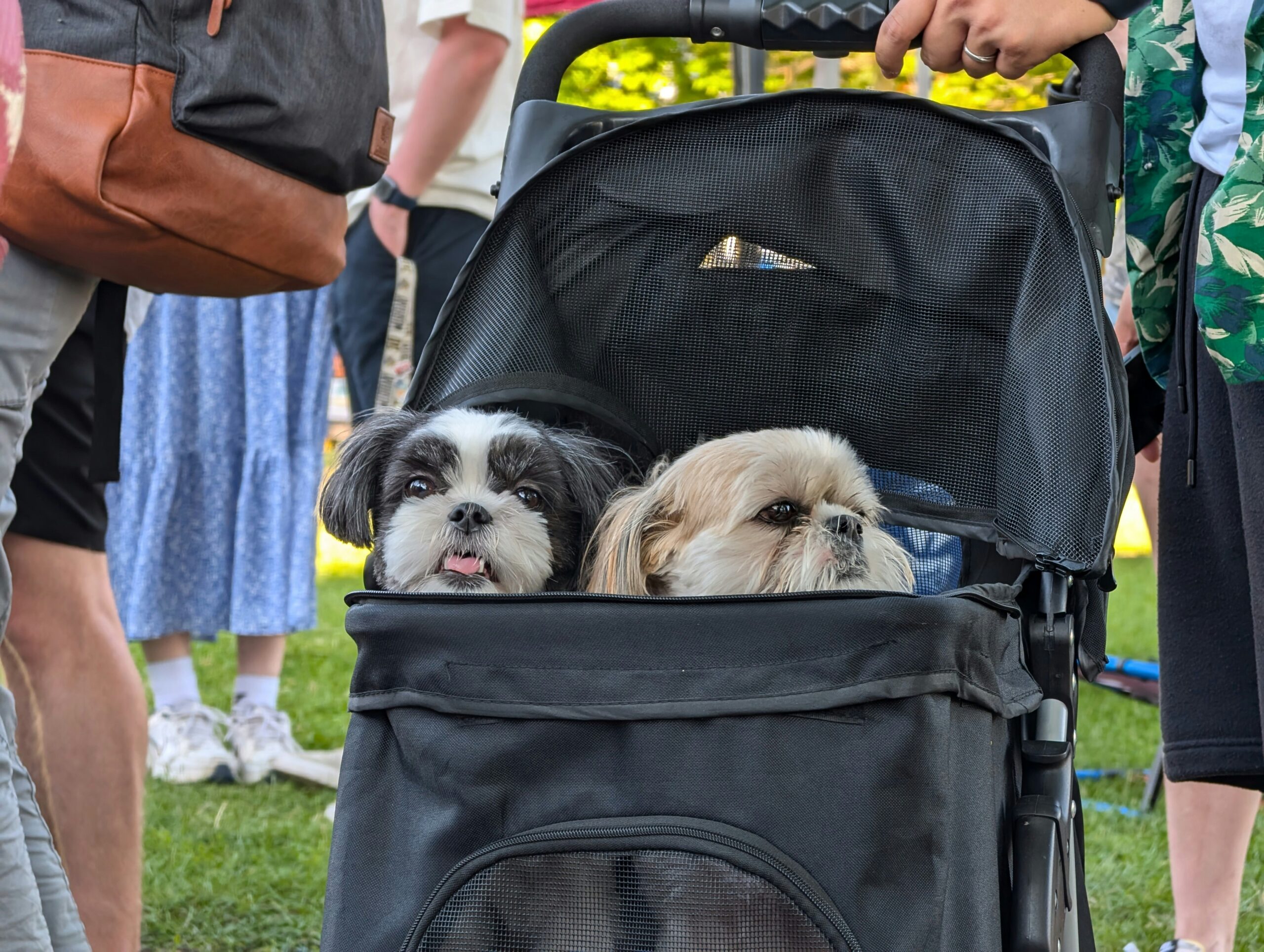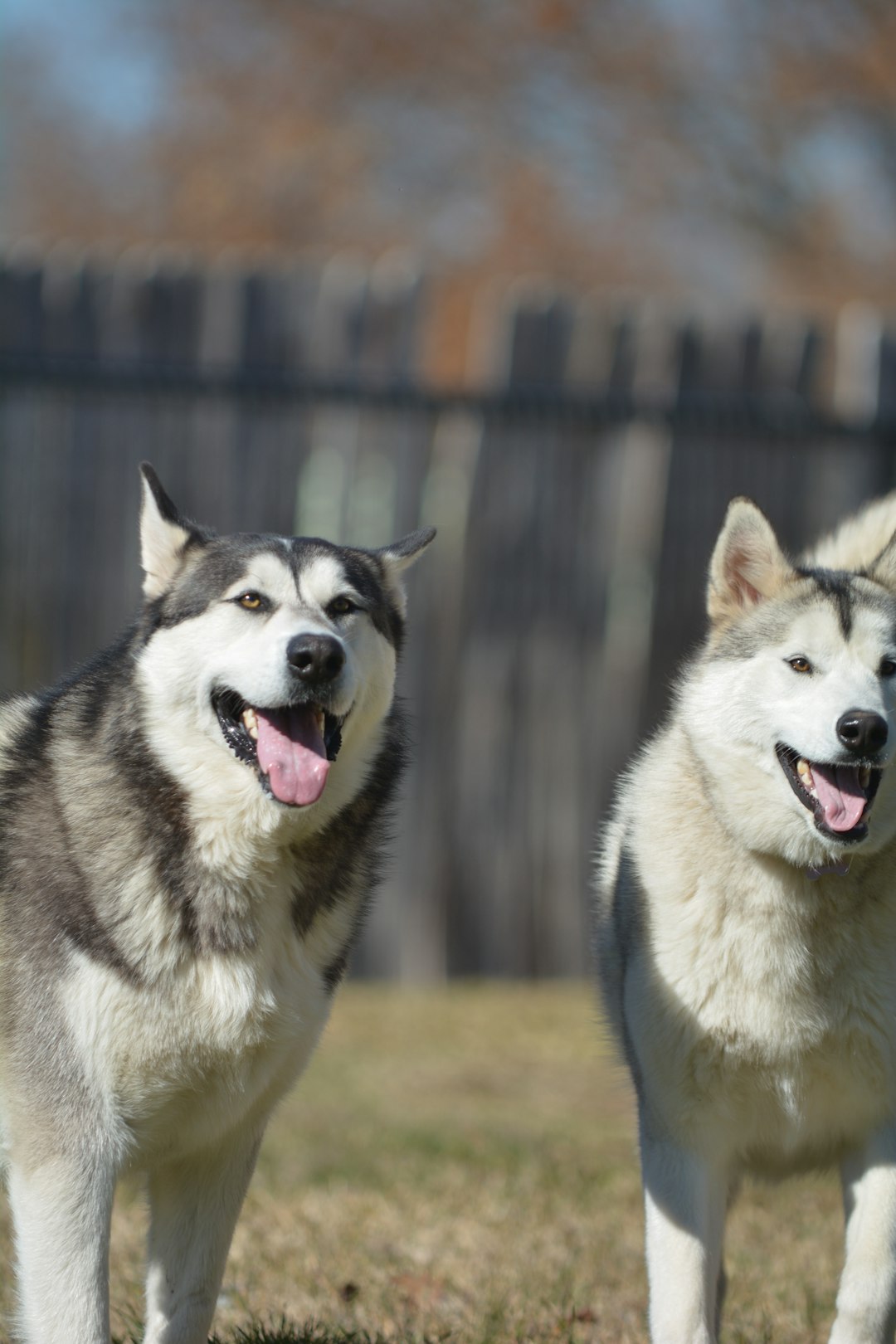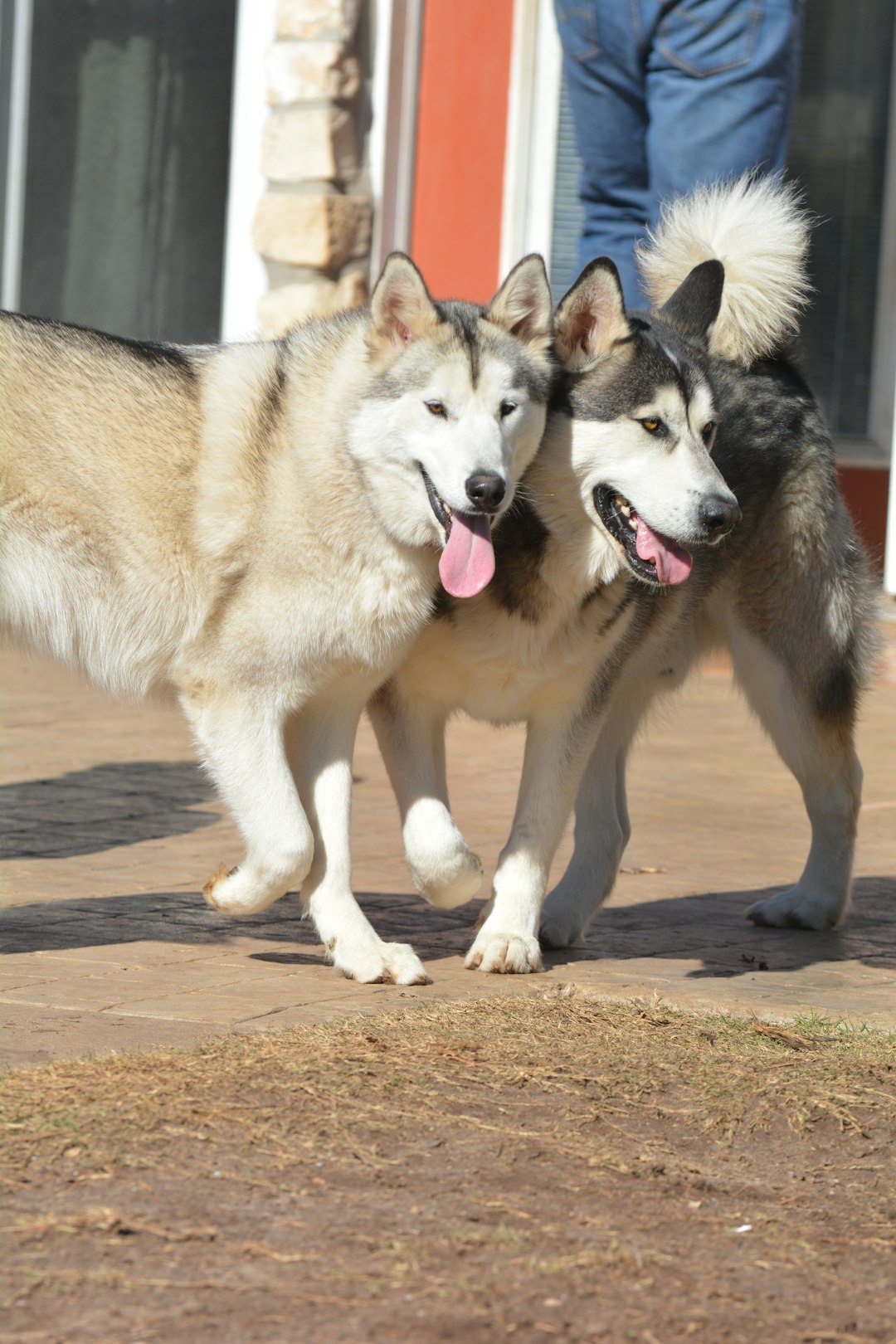Choosing the right dog stroller can significantly enhance your adventures with your furry friend. Not only do these strollers offer convenience, but they also provide comfort and safety for your pet. As you embark on this journey, consider essential factors such as size, material, and safety features. Furthermore, understanding your dog’s specific needs will lead you to the ideal option. In this post, we will explore seven crucial tips to help you select the perfect dog stroller, ensuring happy outings for both you and your beloved companion.
Understanding the Benefits of a Dog Stroller
When it comes to enhancing your furry friend’s outdoor experiences, a dog stroller offers unparalleled advantages. Here’s why you should consider investing in one:
- Comfort for Older or Injured Dogs: If your dog struggles with mobility, a dog stroller can provide relief and allow them to enjoy walks without strain.
- Safety in Crowded Areas: Protect your pet from hazards by keeping them secure in a stroller, especially in busy parks or events.
- Convenience: A dog stroller allows you to transport your pet effortlessly, whether you’re going shopping or exploring new trails.
- Weather Protection: Many strollers come equipped with canopies to shield your dog from rain or harsh sunlight, ensuring a comfortable ride.
- Social Interaction: Your dog can interact with other pets and people while safely contained in a dog stroller, promoting socialization without the risk of escape.
In summary, a dog stroller not only enhances your pet’s comfort and safety but also enriches your outings together, making them more enjoyable for both of you.
Factors to Consider Before Purchasing
When you decide to buy a dog stroller, several essential factors can make or break your purchase. These elements ensure you choose the best fit for both your furry friend and your lifestyle. Consider the following:
- Size and Weight:
- Ensure the dog stroller accommodates your dog’s breed and weight. Too small, and your pup may feel cramped; too large, and it may be difficult to handle.
- Terrain Compatibility:
- Think about where you’ll be using the stroller. Are you navigating city sidewalks, or hitting rugged trails? Choose a model suited for your usual terrain.
- Ease of Use:
- Look for features such as one-handed folding mechanisms and adjustable handles. A user-friendly design will save you time and hassle.
- Storage Features:
- Check for storage compartments for essentials. Handy pockets increase convenience, allowing you to maintain your focus on your walk.
Choosing the right dog stroller means prioritizing both convenience and your dog’s comfort. Now, you’re more informed and ready to make an impactful choice!
Choosing the Right Size for Your Dog
Selecting the appropriate size for your dog stroller is crucial for your pet’s comfort and safety. An ill-fitting stroller can lead to discomfort and even injuries. Here’s how to ensure you choose the right one:
- Measure Your Dog: Before you shop, measure your dog’s height and weight. This data is essential in selecting a stroller that provides enough space.
- Check Weight Limits: Each dog stroller comes with specific weight capacities. Choose one that accommodates your dog’s weight comfortably.
- Consider the Length: Ensure there’s enough room for your dog to sit, lie down, or stand. A stroller that’s too small can restrict movement and cause anxiety.
Size Comparison Table
| Size Category | Weight Capacity | Recommended Length |
|---|---|---|
| Small (up to 15 lbs) | Up to 15 lbs | 24 inches |
| Medium (16-30 lbs) | 16-30 lbs | 28 inches |
| Large (31-50 lbs) | 31-50 lbs | 32 inches |
Investing time in measuring your dog will pay off, ensuring you find a dog stroller that meets their needs perfectly!
Material and Durability of Dog Strollers
When selecting a dog stroller, the material and durability factors are crucial. You want something that withstands wear and tear while ensuring comfort for your canine companion. Here are the essential considerations:
- Fabric Quality: Look for water-resistant, breathable fabrics that are easy to clean. Materials like 600D polyester or nylon offer excellent durability.
- Frame Construction: A sturdy frame made of aluminum or high-strength steel provides stability. Avoid flimsy plastics that can compromise safety.
- Weight Capacity: Ensure the stroller can support your dog’s weight. For larger breeds, select models designed for higher weight limits.
- Weather Resistance: Features like UV protection and removable, washable covers can extend the life of your dog stroller and keep your pet cozy.
To make an informed decision, compare different models based on these materials:
| Feature | Model A | Model B |
|---|---|---|
| Frame Material | Aluminum | High-Strength Steel |
| Fabric | 600D Polyester | Nylon |
| Weight Capacity | 50 lbs | 70 lbs |
| Weather Resistance | UV Protection | Removable Cover |
In conclusion, investing in a durable dog stroller pays off, ensuring safety and long-lasting use!
Safety Features to Look For
When selecting a dog stroller, prioritizing safety ensures your furry friend enjoys a secure ride. Before purchasing, consider the following safety features:
- Safety Harness: Look for strollers with built-in harnesses or attachment points to keep your dog secure.
- Wheel Locks: Ensure the stroller has reliable wheel locks to prevent unintended movement while stationary.
- Reflective Strips: Choose a dog stroller with reflective materials for increased visibility during evening walks.
- Reinforced Frame: A sturdy frame helps withstand your pet’s weight and provides stability on uneven surfaces.
- Weather Protection: Check for protective canopies or rain covers to shield your dog from harsh weather conditions.
| Feature | Importance |
|---|---|
| Safety Harness | Keeps the dog secure during transport |
| Wheel Locks | Prevents rolling when parked |
| Reflective Strips | Enhances visibility at night |
| Reinforced Frame | Ensures durability and stability |
| Weather Protection | Safeguards against rain and sun |
By evaluating these essential safety features, you can confidently choose a dog stroller that ensures both you and your pup have enjoyable outings.
Stroller Weight and Maneuverability
When selecting a dog stroller, consider both weight and maneuverability, as these factors significantly impact your experience. A stroller that is too heavy may be cumbersome to handle, especially when navigating tight spaces or carrying your furry friend. Here’s what you need to keep in mind:
- Weight: Aim for a lightweight option that you can easily lift and transport. Ideally, choose a stroller that weighs between 10 to 20 pounds. This allows for easy handling without compromising durability.
- Maneuverability: Look for strollers with:
- Swivel wheels for effortless navigation in busy environments.
- Adjustable handlebars to accommodate different heights, ensuring comfort while pushing.
- Suspension systems to absorb shocks for a smoother ride.
By prioritizing a lightweight and maneuverable dog stroller, you’ll enjoy a seamless experience during your outings. An efficient stroller doesn’t just make walks easier; it enhances the bonding experience between you and your dog. So, don’t compromise! Choose wisely for both comfort and practicality!
Budgeting for Your Dog Stroller
When it comes to choosing a dog stroller, budget plays a crucial role. Understanding your financial parameters ensures you select a stroller that meets both your needs and your dog’s comfort without breaking the bank. Here’s what to consider:
- Set a Realistic Budget: Determine how much you are willing to spend. Dog strollers vary widely in price, so having a clear budget will help narrow your options.
- Compare Prices: Use price comparison tools or visit multiple retailers to find competitive pricing on dog strollers that offer the features you need.
- Consider Quality vs. Cost:
- Economical Options: May save you money but often compromise on durability.
- Mid-range and Premium Strollers: Generally provide better materials and longevity.
- Future Expenses: Factor in potential additional costs:
- Accessories (e.g., cup holders, rain covers)
- Maintenance (e.g., tire replacements)
Putting the effort into budgeting will ensure you invest wisely in a dog stroller that perfectly suits your companion’s needs while fitting comfortably within your financial plan. Don’t let price be the only determining factor; prioritize quality and functionality!
Budgeting for Your Dog Stroller
When it comes to investing in a dog stroller, budgeting plays a crucial role. You need to strike a balance between quality and cost. Keep the following tips in mind:
- Set a Budget Range: Determine how much you are willing to spend on a dog stroller. Prices typically range from $50 to $300, depending on features and brand.
- Evaluate Features vs. Price: Don’t just look at the price tag. Consider what features are essential for your needs, such as:
- Size and weight capacity
- Safety features (harnesses, brakes)
- Durability and material quality
- Research Discounts and Sales: Look for promotions or seasonal sales that can help you secure a better deal on your dog stroller.
- Invest Wisely: It might be worthwhile to spend a bit more for a high-quality stroller that will last longer and provide better comfort for your dog.
In summary, budgeting for a dog stroller requires careful consideration of features, reliability, and overall value. Ensure you invest in a stroller that meets both your needs and your dog’s comfort.
When to Consult a Vet About Your Dog’s Needs
Before investing in a dog stroller, it’s crucial to consult with your veterinarian, especially if your furry friend has specific health concerns. Doing so can ensure that your choice aligns with their physical condition and enhances their comfort while strolling. Here are key situations when a vet consultation is essential:
- Medical Conditions: If your dog suffers from arthritis, heart problems, or other chronic issues, a dog stroller can provide relief. Your vet can advise which features to prioritize.
- Senior Dogs: Older dogs may struggle with mobility. Discuss the weight capacity and cushioning of the dog stroller to keep them comfortable during outings.
- Post-Surgery Recovery: If your dog recently underwent surgery, consult your vet before introducing them to a dog stroller. They can recommend the right time and type for your pet’s needs.
- Behavioral Considerations: If your dog shows anxiety around crowds or other pets, ask your veterinarian if a dog stroller can help make outings more enjoyable.
Actively seeking your vet’s advice protects your dog’s well-being and ensures that you choose the right dog stroller for their unique needs.
When to Consult a Vet About Your Dog’s Needs
While a dog stroller offers convenience, it doesn’t replace professional care. Consider consulting your vet in these scenarios:
- Age-Related Concerns: Older dogs may suffer from arthritis or mobility issues. A vet can evaluate if a dog stroller is necessary for easing walks.
- Health Conditions: Dogs with heart problems, obesity, or respiratory issues might need special accommodations. A vet can guide you on using a dog stroller safely.
- Post-Surgery Recovery: If your dog recently underwent surgery, a vet can recommend the right timing for stroller use, ensuring proper healing.
- Behavioral Issues: Some dogs may feel anxious in new situations. Your vet can advise on whether a dog stroller helps or exacerbates this behavior.
- Exercise Needs: A veterinarian can assist you in determining how often and for how long you should use a dog stroller, maintaining your dog’s health.
By addressing these concerns, you ensure your dog enjoys the outdoors safely in the comfort of a dog stroller! Prioritize your pet’s health and well-being by seeking professional guidance when needed.



